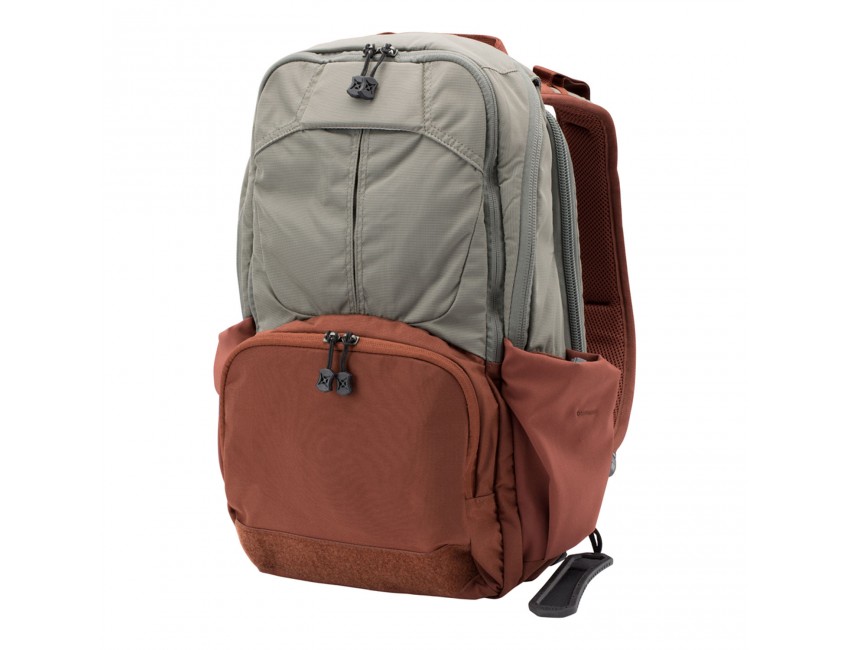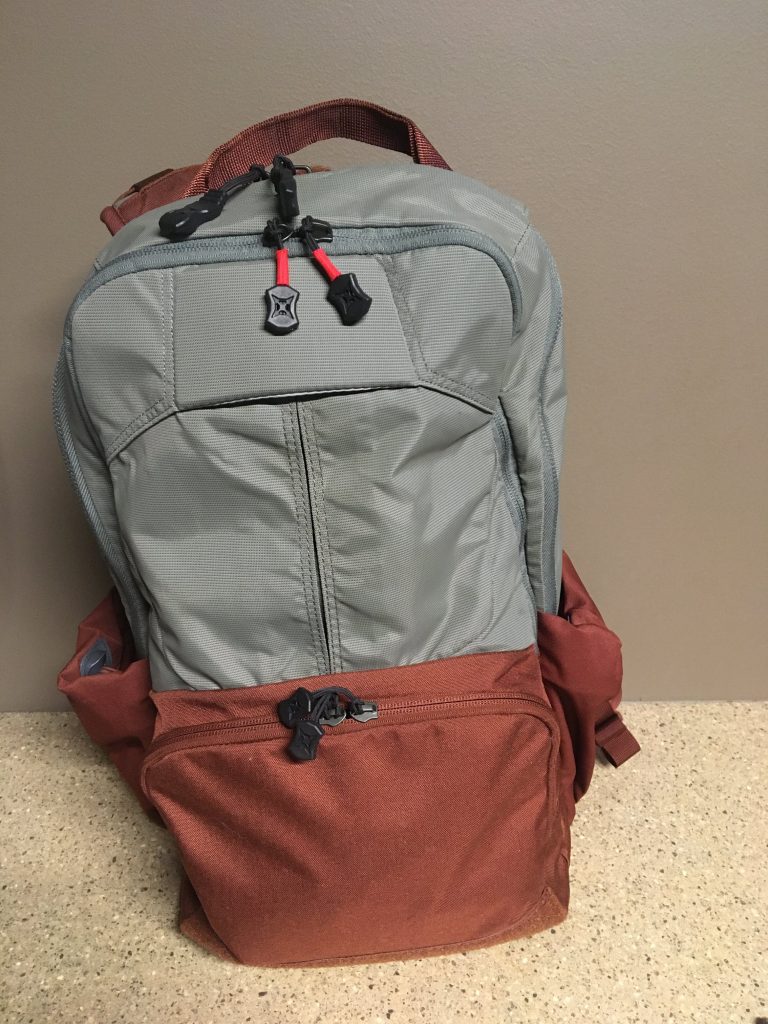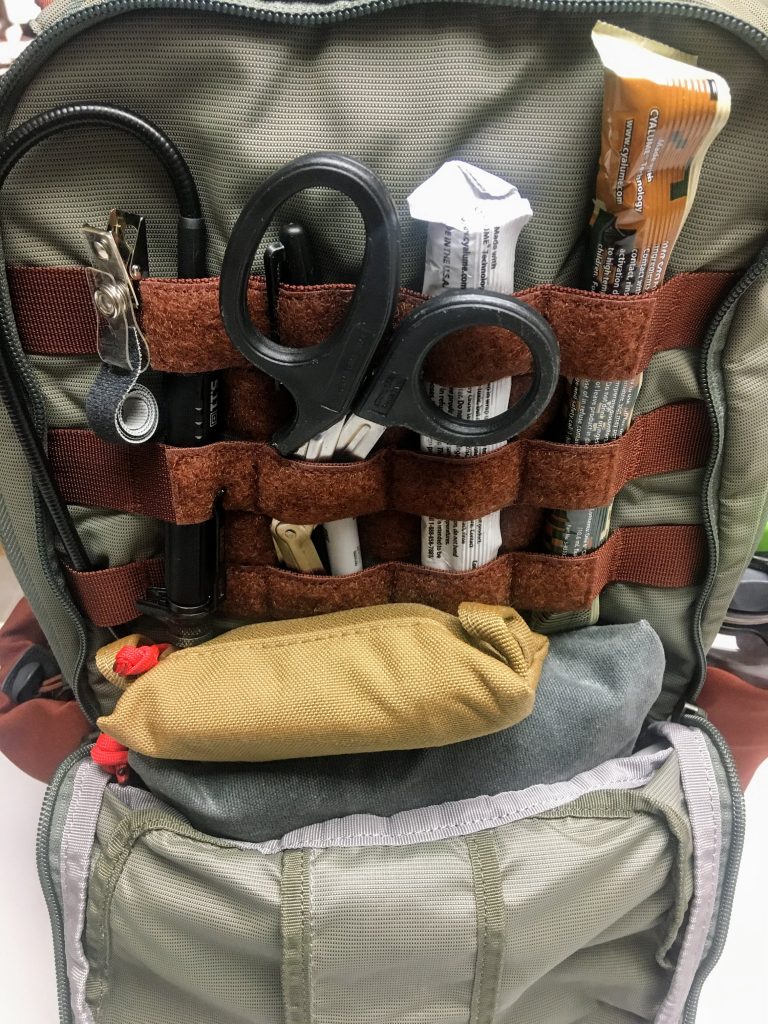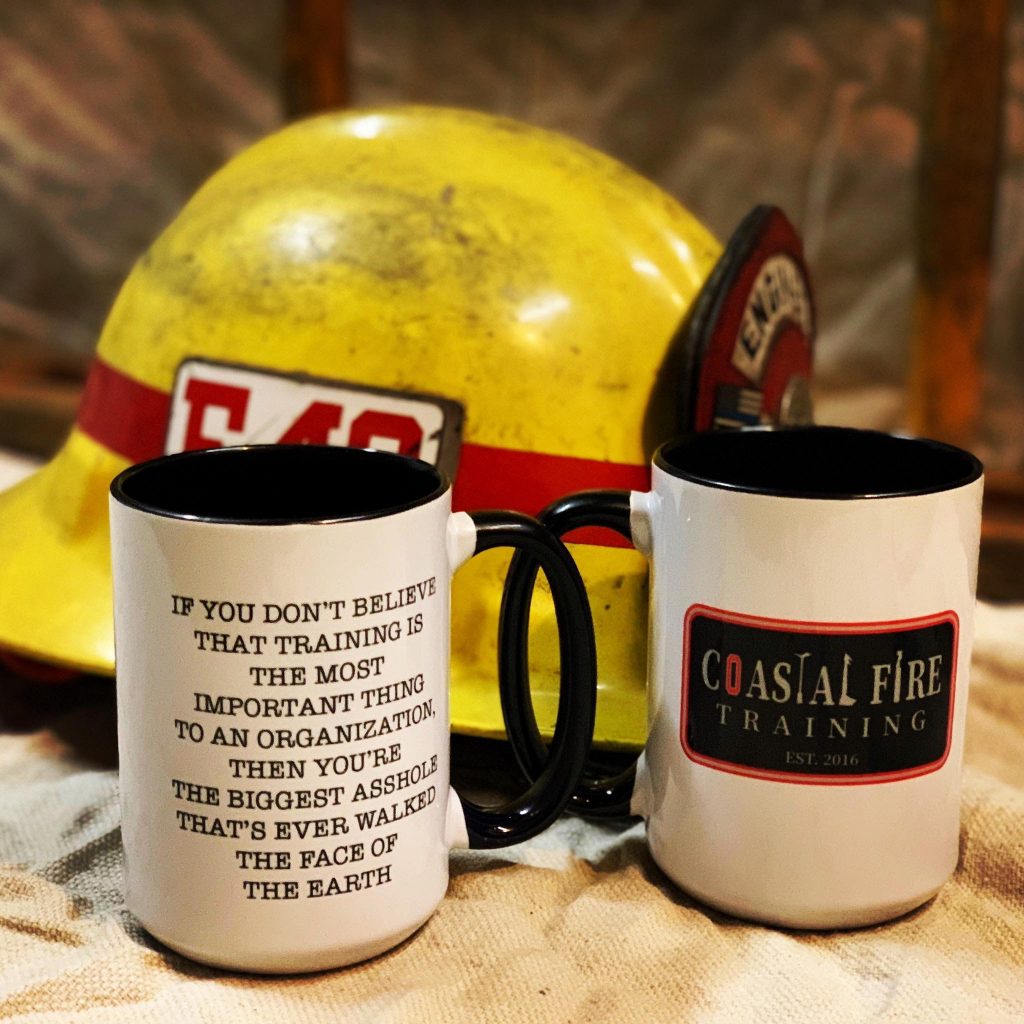
So, as I discussed in this post, I modified my zipper pulls on my backpack to enable quick identification of the pocket my medical gear is in. In a more recent post, I discussed the concept of layers of gear, but I haven’t actually discussed the specifics of what’s in my backpack kit – until now.

Here’s the exterior of the backpack, again with the pulls marked for easy identification if I need to ask someone else to open it for me. Inside, you’ll see the two smaller bags most of my gear is kept in, as well as the “loose” gear arrayed in some webbing that’s helpfully built in to the pack.

Left to right – 5.11 gooseneck flashlight (Streamlight makes a similar light), trauma shears, Sharpie marker, glowsticks x2.
The little tan bag is discussed in detail in this post, but the short version is that it’s allergy medications for someone near and dear to me.

The larger gray bag is an ITS Tactical canvas zip bag, which I like because they’re slightly water resistant and very durable. Inside this bag are my trauma supplies.

Top left, clockwise: combat gauze (I’m a big fan of Celox, but this one was a freebie and beggars can’t be choosers), medical tape, nasal airway (rubber hose for your nose), reflective survival blanket/space blanket, “The Emergency Bandage” pressure dressing, CAT Tourniquet, 2 pair of light gray gloves, and a pair of HyFin chest seals.
Sidebar: the medically astute among you will note I don’t have any decompression needles. This being my backpack carry, I have little anticipation of major blunt trauma happening in front of me, and because decompression is a more advanced intervention that carries real risk, I’m not overly stoked to try doing it off duty. If you really want to play, I’ll get my knife and forceps out and we can discuss the merits of finger thoracostomy. I do have needles in my car bag, to be fair.
You’ll note this still covers the “gloves, tourniquet, gauze” recommendations from my post on minimal acceptable trauma gear. Now seems like a good idea to remind you to get training before attempting any interventions like I’m about to discuss. Remember, although a paramedic, and generally a cool guy, I’m not a doctor or a lawyer – don’t try this at home, kids.
So, again in order – the combat gauze is used for wound packing – it has the added benefit of being impregnated with an agent used to promote blood clotting, called a “hemostatic agent”. If you don’t have the budget or access, plain gauze is an acceptable substitute.
The tape is sort of a Swiss Army Knife of the EMS world; it’s got plenty of uses, too many to list.
Nasal airways, or NPAs are very useful to maintain an open airway, AKA a “patent airway” in an unconscious patient – especially useful because if properly sized, it does not trigger a gag reflex, unlike an oral airway. That, and usually once they come around they remove the NPA on their own. No muss, no fuss.
One key component of casualty management that gets overlooked a lot is the treatment of shock – that’s what the space blanket is for. Keeping heat in (especially in the often cold Upper Midwest state I inhabit) can be key for all sorts of things, not the least of which is maintaining the body’s ability to clot blood. Keep your gravely injured patients warm. Period.
I’m a fan of the Emergency Bandage, which is what is shown here, although the OLAES is my favorite flavor of “Israeli bandage”, for some of its extra features (here’s a flat pack one, useful for minimizing use of space).
The CAT tourniquet needs little introduction, it’s one of the most common issued tourniquets on the market, so I’ll just say it’s one of two tourniquets (the SOFTT-W being the other) that have been recommended by the CoTCCC for a long time – a few others have been added recently, but only within the past year or so, so these two are the only ones I have personal experience with. Do not purchase a tourniquet not on the list linked above – the CoTCCC is the authoritative source on efficacy, and it’d be awfully embarrassing to bleed out because you didn’t bother to look at the literature. Just sayin’.
Gloves. Because, as discussed, people are gross. Also a gloved hand can serve as a temporary chest seal for a sucking chest wound. Which brings us to…
HyFin Chest Seal – sucking chest wounds… wait for it… really suck. Especially for inexpert users, I’d suggest the vented flavor – if you don’t know what a tension pneumothorax looks like, you could actually make the situation worse by accident. Again I return to harp on training. Know what you’re looking at and looking for. It’s possible to MacGyver a chest seal (even a vented one), but do you really want to be doing that under stress?
That’s a brief description of each item and its rationale – let me know if you want to see expanded breakdowns of any of these items, I’m happy to help if I can. Again: train, train, and train some more. I’ll leave you with an image from a training company I have a strong personal affinity for:

Until next time – train, be safe.
-T